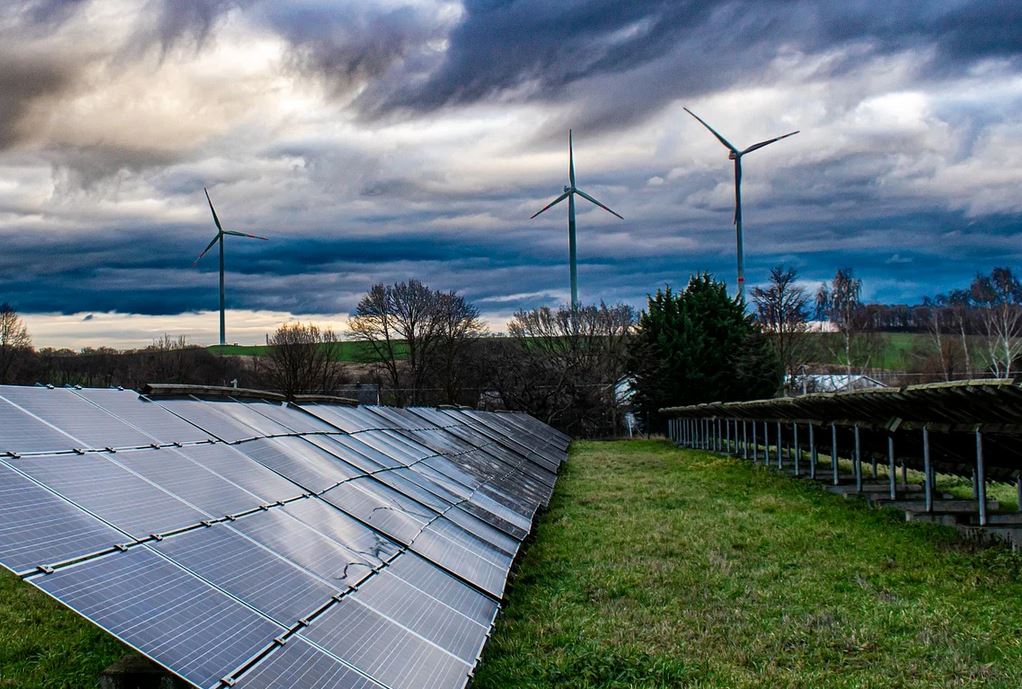Researchers from Germany's Potsdam Institute for Climate Impact Research (PIK) and ETH Zurich in Switzerland have expressed concerns that the constant reduction of public support and the notion of a completely subsidy-free era for renewable energy by governments across the European Union could expose the clean energy sector to the risk of a policy backlash, especially now that interest rates appear to be on the rise and CO2 prices are climbing considerably.
“Rising carbon prices especially in the EU in the last year has indeed substantially increased the competitiveness of renewables and thus even further reduced the policy costs of deployment,” researcher Michael Pahle told pv magazine. “But with increasing shares of renewables the carbon price will depend more and more on their investment costs, and certain factors could invert the current trend of a persistent decrease of these costs.”
They said in “Safeguarding the energy transition against political backlash to carbon markets” – recently published in Nature Energy – that they applied their analysis to the emissions trading system (ETS) of the European Union. They explained that the transition from subsidies to carbon prices is imminent in many renewable energy markets, and that interest rates are on the rise across Europe. These two things combined could decrease the competitiveness of solar, wind, and other renewables and offer fossil fuel assets more oxygen in the current decade, they argued.
Emissions trading systems can only work properly if a reasonable upper limit for emissions is specified and can be maintained politically, even when prices rise steeply. But the scientists said that this trend means that the emissions cap will be softened via the injection of additional allowances, which points to the potential disruption of renewable energy expansion.
“The decrease of competitiveness due to these two effects implies that the allowance price in the ETS grows faster in absolute terms and becomes bent in the later phase,” they said, noting that this price trajectory is described in the scientific literature as “hockey-stick shaped.”
In order to analyze future scenarios, the academics used the LIMES-EU long-term investment model for the electricity sector, which was developed by the PIK itself to assess the European power system at both the national and supranational level. It assumed that the allowance market rules introduced by the European Union in 2018 will be fully implemented. Those provisions include the market stability reserve (MSR), which is a mechanism to reduce supply-demand imbalances by significantly lowering the auction volume of allowances.
“Although this reform only entails a tightening of cap by means of canceling allowances through the MSR, a future reform might also entail in the opposite direction: an injection of additional allowances through the MSR, that is, a softening of the cap,” the scientists said.
Popular content
They outlined two different scenarios. The first was a low-discount rate (LoDR) scenario, in which interest rates remain at the current level of around 0% and renewables keep being supported by public policies. Their second scenario was a high-discount rate (HiDR) situation, in which discount rates could rise by up to up to 5% and public incentives for renewables would be gradually phased out.
“By 2035, the renewable capacity in the LoDR scenario (1,447 GW) is around 535 GW higher than in the HiDR scenario (911 GW),” the scientists said. “In other words, the level reached in the HiDR scenario by 2035 is already reached around 2028 in the LoDR scenario, implying a ‘deployment time lag’ of around seven years between the two scenarios.”
The current trends of low interest rates and falling technology costs do little to clarify the future trajectory of the European energy landscape.
“Such an approach overlooks that the last decade has been truly exceptional in terms of low and stable interest rates, and conditions are bound to change,” the authors of the paper warned. “Accordingly, the tide may turn against the competitiveness of renewables, which would further be exacerbated by phasing out renewable energy policies. In combination, this could drive allowance prices to a level that triggers political backlash, resulting in a softening of the cap.”
The scientists concluded by suggesting that policies supporting renewables should not continue “in the current form,” given that they have already achieved their primary goal, which was to help clean energy sources become economically and technologically mature. Instead, they proposed “de-risking measures” that address the downsides of market risk exposure and a swing in the general interest rate. However, incentives for clean energy should be reduced from current levels, and more research should be conducted on how carbon price dynamics affect political feedback.
“This work highlights that policymakers and researchers should not be lured into thinking that due to falling renewable energy technology costs, the energy transition is now failsafe and that carbon markets will incentivize renewable energy deployment,” said the scientists.
This content is protected by copyright and may not be reused. If you want to cooperate with us and would like to reuse some of our content, please contact: editors@pv-magazine.com.



The competitiveness of renewables depends much more on relative than absolute interest rates. The change in perceptions by investors has happened and will not be reversed; renewables are low-risk, fossil fuels high-risk. Any general increase in interest rates (and a 5% real rate on safe bonds is very unlikely) would affect both sectors equally. The war in Ukraine and the sanctions on Russia are only going to widen the risk gap. That’s not counting the policy shifts, for example in Germany.